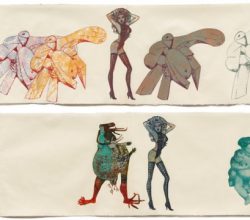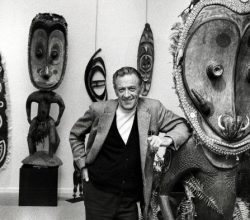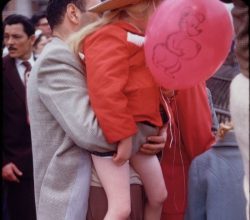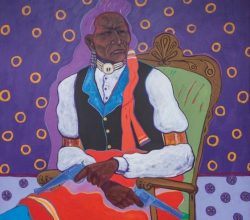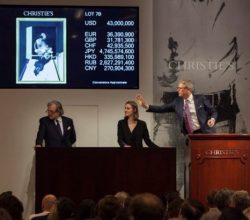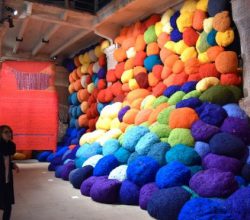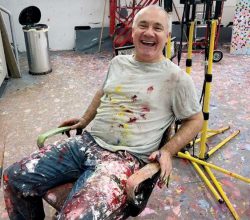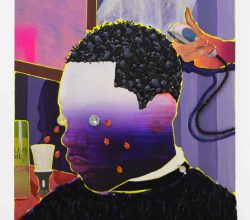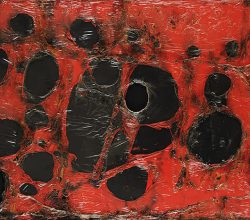
The ecstatic nihilism of the painter Alberto Burri
Jackie Wullschlager | ft.com | 3rd May 2019
After internment in Texas, Burri returned to an Italy impoverished by war. These straightened circumstances suited his interest in unconventional materials – burlap, tar, plastics. His radical idea was to present “material as the subject matter itself”. Rauschenberg and Johns were just two of many disciples. “Brutally gorgeous paintings” says the writer. Images are here.

